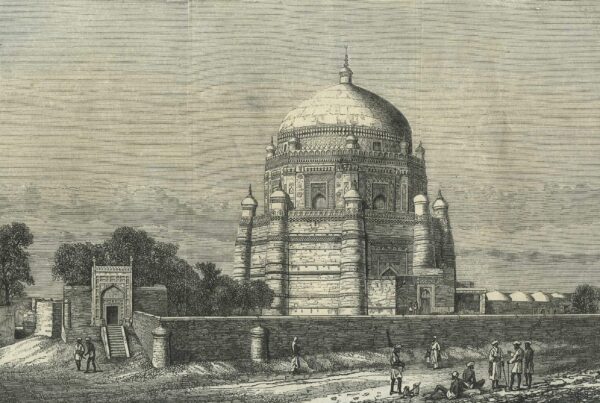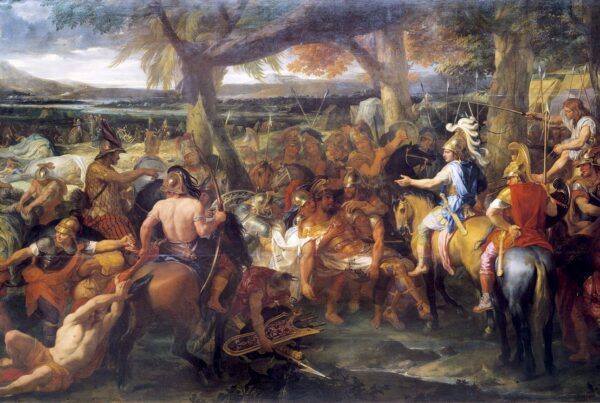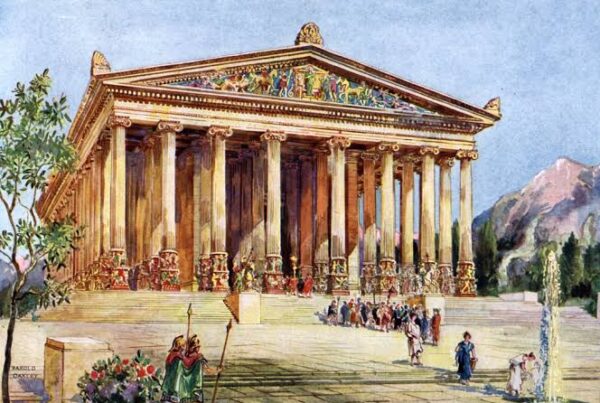It is a secret hidden in antiquity that both the Margalla hills which surround Pakistan’s capital and the ancient city of Taxilla which was the ancient capital of the region, derive their name from the same source. The source being a more than 2000 year old tradition relating to a long forgotten ‘Dragon King’.
Of the Dragon King of the Hills.
The city of Taxila in ancient times was known by its Sanskrit name ‘Takshasila’ which was composed of 2 words: Taksha and Sila. Though multiple theories exist of what these two words could possibly mean, one of the most prominent is that the word meant “The Hill of Taksha”. Taksha was a king belonging to a ‘Mythological serpent tribe’ found in various folklores and religious beliefs throughout South Asia as the ‘Nagas’. Though the Nagas are in many ways different to dragons, they are still similar in certain ways and in Japanese and Chinese mythology Taksha is known as one of the ‘8 Great Dragon Kings’.
According to Hindu beliefs, Taksha went to war with a Vedic King of the Kurus. After the defeat of Taksha, both him and his tribe were eradicated from the area. Later on a court was held in Taxila and here Vaisampayana, a narrator, for the first time narrated the Mahabharata. The ancient Sanskrit epic about the war of the Bharata tribe from which India derives its name; Bharat. This area is now identified as the Hathial Mound.
Although Taksha was defeated and his tribe exterminated, his name lived on for centuries in the name of the city until it was corrupted by various regional dynasties into Taxila. But the original name still lives on in the Margalla hills. About a thousand years ago, the Persian scholar Al-Bernuni during his stay in modern Pakistan recorded the the mountains of the region as Mar-i-Qilla, which in Persian could possibly allude to ‘Fort of the serpents’. The name existed in its form for centuries till being corrupted into its present form, the Margalla Hills.
Reference:
Pakistan Through The Ages – A.H. Dani.




